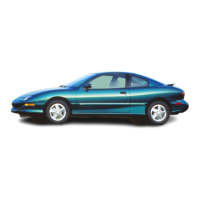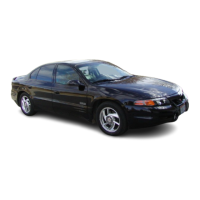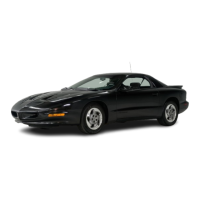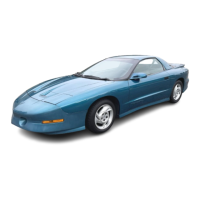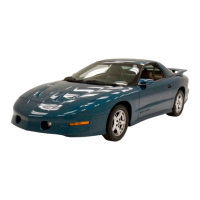I
/d
CAUTION:
Air
bags inflate with great force, faster than the
blink
of
an eye.
If’
you’re too close to an inflating
air
bag, it could seriously injure you. This is true
even with reduced-force frontal air bags. Safety
belts help keep you in position before and during
a crash. Always wear your safety belt, even with
reduced-force
air
bags. The driver should sit as
far
back
as
possible while still maintaining
control
of
the vehicle.
/I\
CAUTION:
Children who are up against, or very close to, an
air bag when it inflates can be seriously injured
or
killed. This is true even though your vehicle
has reduced-force frontal air bags. Air bags plus
lap-shoulder belts offer the best protection for
adults, but not for young children and infants.
Neither the vehicle’s safety belt system nor its air
CAUTION: (Continued)
II
bag system
is
designed for them. Young children
and infants need the protection that a child
restraint system can provide. Always secure
children properly in your vehicle. To read how,
see the part of this manual called “Children” and
see the caution labels on the sunvisors and the
right front passenger’s safety belt.
AIR
BAG
There
is
an
air bag
readiness light on the
instrument
panel,
which
shows
AIR
BAG.
The system checks the
air
bag electrical system for
malfunctions. The light tells you if there is
an
electrical
problem. See “Air Bag Readiness Light”
in
the
Index
for more information.
1-23

